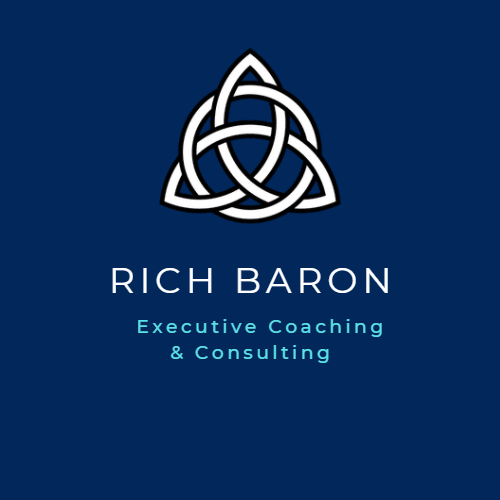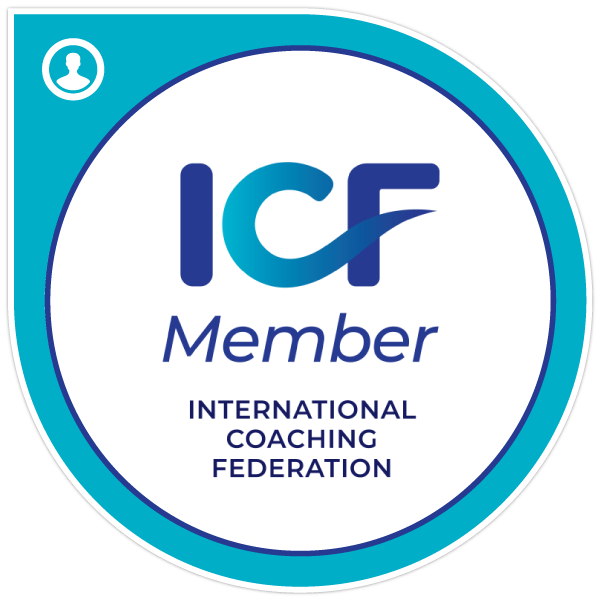Don't Make These Cultural Transformation Mistakes
Rich Baron • October 31, 2023
Your Culture Determines the Future Success of the Company
The word “culture” is one that I see and hear all the time concerning the workplace and with good reason. Every company, big or small, new or established has a culture. Some of those companies will strive to create an environment where the actions and values endure beyond any one person or group of people. Some are even successful. Global studies show that only 25% of organizations that are considered “market leaders”, transform from
a position of strength to sustain their position of strength, while 75% of “market leaders” currently are not engaged in positive and preemptive transformation efforts—which almost guarantees an eventual failure.
So why do so many organizations fail to transform their culture into a successful, vibrant representation of the collective character, values, thoughts, emotions, beliefs, and behaviors of your leaders and individual contributors? In so many instances it is due to organizations making mistakes in their transformation efforts. Here are some of the worst mistakes companies can make in transforming their culture.
Failing to Measure both Corporate Culture and Employee Engagement
Employee engagement and company culture are related, but they aren’t the same thing. Unfortunately, many organizations lump engagement and company culture together and prevent themselves from deriving the full benefit of understanding and optimizing each. Companies that lack a strong, vibrant culture may still have employees who like and are engaged in their work. Bigger issues like distrust or misalignment of goals can simmer underneath an engaged workforce (though they’re unlikely to remain engaged with work for long). On the other hand, organizations with energetic, inspiring cultures can’t help but have engaged employees. Culture is a strong predictor of engagement and is the foundation of operational success. That’s why defining your organization’s path to the future must involve evaluating both corporate culture and employee engagement.
Conducting In-House Assessments and Surveys
I can not stress enough how big a mistake this is. Culture is a top-down function and as the CEO goes, so will the company culture. So when there are problems with the culture, or the culture is toxic, you can rest assured that the rest of the company knows where the faults are. This being said, when HR sends out a survey asking where the problems lie, do you think that you are going to get truthful answers? Simply put, if you have a toxic or failing culture, senior leadership, including HR, are already viewed as the bad guys. More often than not, there are already trust issues.
Leave the assessments and surveys to a third party that can guarantee anonymity with the employees to truly determine the health and vibrancy of the culture.
Failing to Determine the Readiness of the Senior Leadership Team
All too often, organizations jump right to culture surveys directed toward the employees of the organization. This is akin to putting the cart before the horse. As I mentioned before, culture is a top-down function beginning with the CEO. Therefore, the changes that must be made to transform the organizational culture must begin at the top. Only through a candid assessment of leaders’ willingness, desire, and capacity to initiate and sustain meaningful change can you begin to identify the pathway to a shared vision and catalyze the resolve to effectively lead cultural transformation. This must take place before any additional assessments of the organization are administered.
I have personally seen disastrous results in organizations that first, attempted to do their own culture surveys, and second, the CEO and senior leadership team were not prepared, or committed to addressing the concerns required to transform the culture. So, they did nothing with the results of the survey. When you give your employees a voice, and you ignore or deny what they tell you, you have done nothing but further erode the trust that is already in question.
Blaming the Employees for a Failing Culture
Again, it is important to note that culture is a top-down function. Therefore, the C-Level team must accept responsibility for creating, sustaining, and the continuous transformation efforts of the organization's culture. A failing and toxic culture is not because of the shipping team, or the R&D team, or the manufacturing team, or any of the employees themselves. If you are using a survey tool to determine where the problem lies outside of the C-Suite, you are looking in the wrong place. If you want to know the health and vibrancy of a culture, look no further than the CEO and senior leadership team.
Failing to Continually Measure and Improve the Culture
This mistake is all too common. Some companies have the wrong idea of culture as being a checklist item that you can change, tick off, and forget. Cultural transformation is a continuing process that must be kept alive by the entire organization directed specifically by the CEO. You must measure, measure, and measure again and course correct each time as needed. Building your culture is not a one-and-done deal, it must be a living part of each person in the company and an integral part of the vision.
Mistaking Perks for Culture
Your company might envision state-of-the-art campuses with on-premise gyms, ping-pong tables, and free catered lunches. If this is how you envision a good organizational culture, you wouldn't be alone. All of these things are nice to have, but do these perks make a strong company culture? The simple answer is, no.
The business world has conflated "perks and benefits" with "good company culture," with the assumption that one leads to the other. However, in reality, the connection between perks and culture doesn’t exist. While perks make for a nice bonus, they don’t matter if your employees hate how they feel at work.
How We Can Help You
Before you can make a cultural course correction, you’ve got to clearly see where you are in relation to where you want to go. As in medicine, prescription before diagnosis is malpractice. This is the same for both individual executive coaching as well as cultural transformation.
The first step is to determine the readiness of the senior leadership of the company. The Cultural Transformation Readiness Assessment (CTRA-40)
is a world-class measurement tool designed by John Mattone, the world's foremost authority on Intelligent Leadership and cultural transformation. It is designed to align your leadership around the cultural transformation initiative. Uncover both the potential and the possible challenges lurking in your leadership team. The CTRA-40 focuses on specific areas that must be addressed before any cultural transformation takes place. The CTRA-40 provides and in-depth look at the following areas:
○ The Imperative to Transform
○ Leadership Readiness
○ Commitment to Creating a Compelling Future
○ Change the Mindsets of your Leadership Team
○ “Talent Levers:” Stakeholder Strengths (and obstacles)
○ Accountability Quotient: Willingness to Measure & Course Correct
The purpose of the CTRA-40 is to determine leaders’ readiness and commitment to transform their organization’s culture in support of both operational and altruistic goals. This is a critical first step in the process of measuring organizational culture.
Next, The Five Cultures of Culture Assessment (5CCA),
also designed by John Mattone, takes a deep look into the five key attitudes or “states” that make up your corporate culture. The 5CCA focuses on the following areas that are critical to transforming organizational culture:
○The Capability Culture - CAN DO
○The Commitment Culture - WILL DO
○The Connectedness Culture - MUST DO
○The Individual Performance Culture
○The Team Performance Culture
Taking inventory of these five cultures is the first step towards harnessing the true productivity potential of your organization. Once you quantify the collective character of your organization as expressed in the values, thoughts, emotions, beliefs, and behaviors of your leaders and individual contributors, you’ll be perfectly positioned to leverage that new understanding and create the culture that will drive the future success of the organization.
Wrapping Up
Let's face it, the past few years have permanently altered the way we look at organizational culture and business, and C-suite leaders across the spectrum of industries are now at a crossroads. It is now abundantly clear that corporate culture can make or break companies. Cultural transformation requires an intentional change at the institutional level. However, the question arises, do CEOs and senior leaders understand what it takes to transform their cultures? If you question where to start, now is the time to reach out for guidance. Time will pass for you and your organizations regardless of what you're doing for your culture. The real question is how much time can you afford.
Reach out here
to find out how to avoid these mistakes and transform your culture to drive the future success of your business.
About the Author
Rich Baron holds the esteemed title of Master Certified Intelligent Leadership Executive Coach at John Mattone Global. With a wealth of expertise spanning over 25 years, he has excelled in various realms such as cultural transformation, operational leadership, executive positions, and coaching individuals from emerging leaders to CEOs. Together with his coaching partner, Maikel Bailey, Rich hosts "Mainline Executive Coaching ACT," a podcast acknowledged by Feedspot in 2023, and again in 2024 as the foremost Executive Coaching Podcast worldwide. This recognition is based on an evaluation of numerous podcasts on the internet, taking into account factors such as web traffic, social media followers, and timeliness. The podcast enjoys a substantial following in more than 60 countries and 550 cities across the globe.




